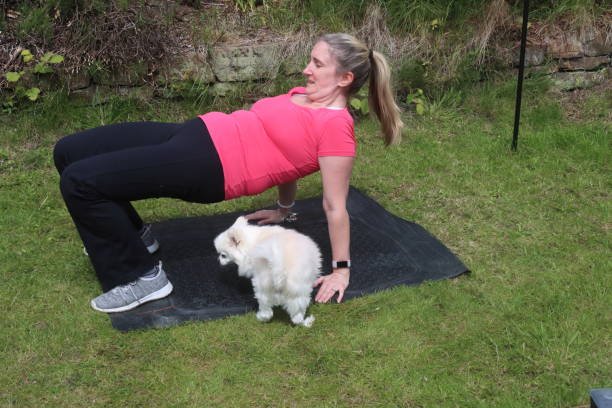House training, or “housebreaking,” is often the biggest hurdle new puppy owners face. The good news? It doesn’t have to take weeks! By using a consistent, reward-based approach—the cornerstone of positive reinforcement—you can teach your puppy where to go quickly and reduce accidents significantly within just 72 hours.
Forget yelling or rubbing their nose in a mess. Our 3-Day House Training Boot Camp focuses on rewarding success to build a perfect habit, fast.

Step 1: Maximize Supervision and Perfect the Schedul
A successful house training strategy relies on two things: prevention and predictability. For the next three days, your puppy should be either with you or confined to a safe, small space (like a crate or playpen).
Prevention: The Umbilical Cord Method
When you are home, keep your puppy on a short leash and tethered to you. This is the “Umbilical Cord Method.”
- Why it works: If your puppy is constantly within your sight, they can’t sneak off to have a “secret” accident behind a couch. When they start sniffing around or circling, you’ll catch the cue and rush them outside immediately.
Predictability: The Essential Potty Schedule
Puppies have tiny bladders and need to go a lot. Following a strict schedule eliminates guesswork.
| Time Trigger | Action |
| First thing in the morning | Take them out immediately. |
| Every 15-30 minutes | Take them out during playtime. |
| 15 minutes after eating or drinking | Food stimulates the digestive tract quickly. |
| Immediately after waking up from a nap | They will need to go every time. |
| After every training session or exciting play | Excitement often triggers the need to go. |
| Right before being confined or crated | Last chance for the night/break. |
| Last thing at night | Final trip before bedtime. |
Export to Sheets
Step 2: The Potty Party – Making Outside Amazing
The secret to positive house training is making the act of going outside the single most rewarding experience of your puppy’s day. This is their Potty Party.
- Go Directly to the Spot: Lead your puppy (on a leash) directly to the designated potty area. Keep the walk boring—no playing on the way.
- Wait for the Action: Stand still and stay silent. You can use a verbal cue like “Go Potty” but avoid over-coaching or getting distracted.
- The CRITICAL Reward Window: The moment your puppy finishes peeing or pooping, explode with praise! Deliver a high-value treat (something they only get for this—like cheese or boiled chicken) and use an excited, happy voice: “YES! Good Potty!”
- Play Time: After the Potty Party is over, allow them a few minutes of fun and freedom in the yard. This teaches them: “Go Potty first, then we play.”
Step 3: Handling Accidents (The Clean-Up Rule)
Accidents are inevitable, especially during this three-day period. Your reaction is crucial.
The “Oops” Rule (If you catch them in the act):
- Interrupt, Don’t Scare: Simply clap your hands loudly to interrupt them mid-stream. Do not yell or rush at them.
- Dash Outside: Immediately scoop them up or rush them outside to the designated area.
- Reward Completion: If they finish outside, throw a mega-Potty Party (see Step 2).
The “Discovery” Rule (If you find a mess later):
- Say Nothing: If you didn’t see it happen, it’s too late to correct. They won’t connect your anger to a mess they made 10 minutes ago.
- Clean Up Properly: Use an enzymatic cleaner (not just soap and water) to thoroughly neutralize the odor. If the scent remains, your puppy will be drawn back to that spot to go again.
By strictly following this supervision, scheduling, and reward system for 72 hours, you are setting your puppy up for a lifetime of clean habits!